While the Principality ups its game in seeking to ease the chronic congestion that plagues its streets, with ambitious plans for better traffic flow and massive parking structures, the Government is particularly focused on the railway connections with France and Italy.
Céline Caron-Dagioni, Ministry of Infrastructure and Urban Planning, believes Monaco Monte-Carlo railway station remains the best hope for a substantial easing of commuter gridlock.
She described the rail service as the only real solution, citing its efficiency, low carbon footprint and large capacity. The Minister claimed that the rail service is “the key” to managing cross-border traffic.

Graph shows climbing rail use Monaco Government
However, the challenges are considerable. Last year passenger numbers at Monaco Monte-Carlo peaked at an all-time high of 7.8 million, compared to the pre-coronavirus high of 7.5 million. Monaco has in the past withheld funds from the rail operator because of poor performance, but now the great white hope is something called the European Rail Traffic Management System (ERTMS).
With ERTMS, the Government hopes that more trains, and when needed, longer trains, will arrive in Monaco at the right time, assuming, of course, there are no strikes.
Monaco is spending 11 million euros towards this system, and is also demanding that maintenance on the trains that Monaco has bought should be carried out in Nice, and not in Marseille as has been the case.
Possibly helping the Principality to meet its targets and achieve its ambitions on the rails, Région Sud will be transitioning to a new operator in 2025, following a competitive tender.
FILE PHOTO: A TER train waits at Ventimiglia station to carry commuters to Monaco Ian Brodie


